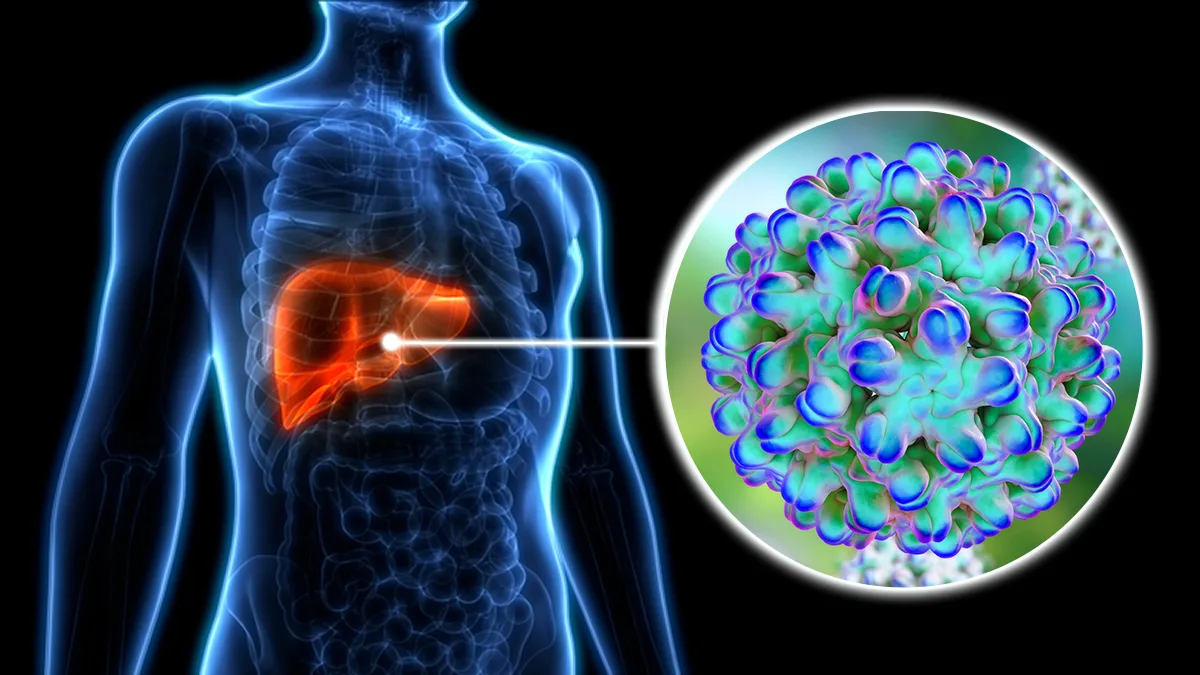Hepatitis D liver cancer risk is now drawing heightened global concern as the World Health Organisation (WHO) calls for urgent action to eliminate viral hepatitis and reduce deaths from liver diseases. The latest warning coincides with World Hepatitis Day, emphasising the pressing need for expanded testing, treatment access, and public awareness.
“Every half-minute, a life is lost due to complications from hepatitis, yet we already have the knowledge and tools to reverse this trend,” stressed Dr. Tedros Adhanom Ghebreyesus, WHO Director-General.
Read Also: The Hidden Health Risk of Wearing Your Smartwatch 24/7: Cancer Concerns Explained
Viral Hepatitis: A Silent and Deadly Threat

Five main types of viral hepatitis – A, B, C, D, and E – can cause liver inflammation, with types B, C, and D leading to chronic conditions that may result in cirrhosis or liver cancer. Despite the danger, millions of people remain unaware they are infected. More than 300 million individuals live with chronic hepatitis B, C, or D, with over 1.3 million fatalities recorded each year due to complications like liver cancer.
Hepatitis D Officially Classified as Cancer-Causing
A significant development in liver health came with the International Agency for Research on Cancer (IARC) designating hepatitis D as carcinogenic to humans. This new classification puts it on the same level as hepatitis B and C in terms of cancer risk. Hepatitis D only occurs in individuals already infected with hepatitis B and increases their risk of liver cancer by up to six times.
In response, WHO has rolled out updated diagnostic guidelines for hepatitis B and D in 2024 and continues to assess innovative therapies for hepatitis D patients.
Advances in Treatment and Prevention
Effective medications already exist: hepatitis C can be cured within three months using oral treatments, while hepatitis B can be managed long-term with antiviral therapy. Promising therapies for hepatitis D are emerging, but full impact depends on integrating services like vaccination, screening, and harm reduction into national healthcare systems.
Dr. Meg Doherty, WHO’s incoming Director of Science for Health, highlighted these developments, noting the urgent need to scale up coordinated care to curb liver-related deaths.
Read Also: Plastic in Your Blood? Scientists Just Found It in Humans!
Global Progress and Gaps
Many low- and middle-income nations are making strides:
- By 2025, 123 countries reported national strategies to combat hepatitis, up from 59.
- The number of countries screening pregnant women for hepatitis B rose to 129, compared to 106 in 2024.
- As of now, 147 nations have introduced the hepatitis B birth dose, compared to 138 in 2022.
However, WHO’s 2024 Global Hepatitis Report reveals ongoing challenges:
- Only 13% of people with hepatitis B and 36% with hepatitis C were diagnosed by 2022.
- Just 3% of hepatitis B patients and 20% of those with hepatitis C received treatment—well below the 2025 goals of 60% diagnosed and 50% treated.
- Service integration remains inconsistent: hepatitis programs are present in HIV services in 128 countries but are included in harm reduction centers in only 27.
What Needs to Happen Next?
Without accelerated efforts, the world risks missing WHO’s 2030 targets. Achieving these goals could prevent nearly 10 million new infections and save up to 2.8 million lives. WHO urges countries to invest in domestic programs, ensure medicine affordability, integrate hepatitis care with existing health services, and fight stigma.

Strengthening Alliances for Action
To drive momentum, WHO has joined forces with Rotary International and the World Hepatitis Alliance for this year’s campaign: “Hepatitis: Let’s Break It Down.” The initiative urges global stakeholders to tackle liver cancer head-on by addressing gaps in funding, testing, and stigma.
Together, governments, civil society groups, and communities must act now to halt the growing burden of hepatitis and protect future generations.



